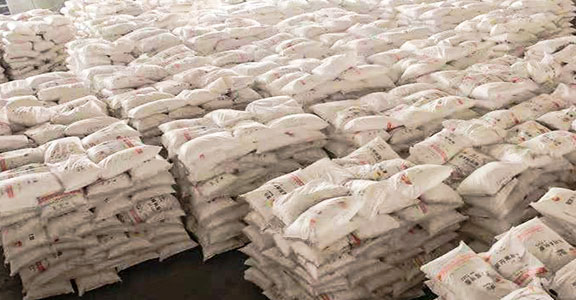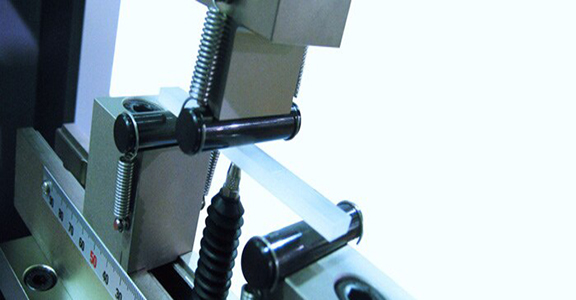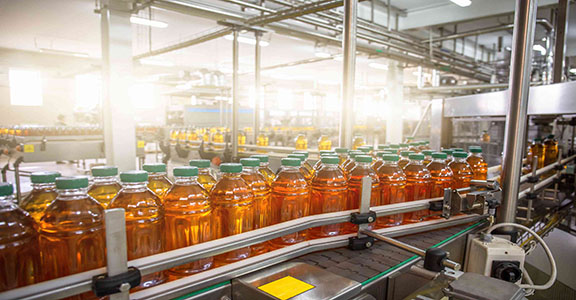Polypropylene is often referred to as the "steel" of the plastics material, because it can be modified or customized in a number of ways to best serve a specific purpose. This can usually be achieved by introducing special additives into it or by making them in a very special way. This adaptability is critical.
There are two main types of polypropylene: homopolymers and copolymers. Copolymers are further classified into block copolymers and random copolymers. Homopolymer polypropylene is a general purpose grade and can be considered the default state of polypropylene material.
Block copolymer polypropylene has comonomer units arranged in blocks and contains between 5% and 15% of any ethylene. Ethylene improves certain properties, such as impact resistance, while other additives enhance others. In contrast to block copolymer polypropylene, random copolymer polypropylene has comonomer units arranged in an irregular or random pattern along the polypropylene molecule. They are typically mixed with 1% to 7% ethylene and are selected for applications that require a more malleable, more transparent product.

Polypropylene product design engineers are most interested in stiffness, strength, and impact resistance. The stiffness of polypropylene is measured by the flexural modulus, which is determined in a flexural test, and the impact strength is measured by a number of different impact tests. By far the most popular is the Izod impact test at normal ambient and sub-ambient temperatures.
These mechanical properties are mostly used to predict the properties of molded products.The strength of polypropylene is usually given by the yield point rather than the breaking strength, but breaking strength usually refers to the strength of fibers and films under tensile stress.
In order to understand the use and comparison of mechanical property data, it is important to remember that mechanical property testing is not a measurement of polypropylene resin itself but a sample of the resin product. Mechanical property data is derived from product stewardship and the mechanical property testing process.

There are many variables that affect the mechanical properties of polypropylene, so when a person asks about the mechanical properties of polypropylene, the first answer is what test, what specimen, and in what environment. Subsequent responses include the exact sample type, age of the sample, specimen condition, test speed, test temperature, data acquisition process, and data collection method. Usually the mechanical properties of polypropylene are tested in accordance with ASTM or ISO regulations.
From the perspective of the production process of polypropylene, the mechanical properties of polypropylene can be graded by molecular weight(MW), molecular weight distribution(MWD), ethylene content (random copolymer), content and composition of the modified phase (block copolymer), and the general trend is as follows:
Characteristic | Homopolymer | Random copolymer | Block |
Contact clarity | YES | YES | NO |
see through clarity | NO | YES | NO |
Cold temperature impact | NO | lIMITED | YES |
Extreme Elevated Temperature | YES | NO | LIMITED |
Homopolymers | |||
Tensile strength Stiffness Impact Resistance Heat Distortion Hardness | Increasing MFR +++ +++ — +++ +++
| Narrowing MWD — — +++ — —
| |
Random Copolymers | |||
Property Clarity Tensile strength Stiffness Impact Resistance Heat Distortion Hardness | NME +++ +++ — +++ +++
| — — — +++ — —
| Increasing Ethylene Content +++ — — +++ — —
|
Block Copolymer | |||
Property Tensile strength Stiffness Impact Resistance Heat Distortion Hardness Bruise Resistance | Increasing MFR +++ +++ — +++ +++ NME | Narrowing MWD — — +++ — — NME | Increasing Modifier Content — — +++ — — —
|
In conclusion, it is easy to see that when two or more control variables are changed at the same time, co-observation is very common. A very important point that we must understand when selecting polypropylene grades based on their mechanical properties is that a change in one property will cause changes in many other properties, and most of them are negative changes. For instance, The flexural modulus or stiffness increases with increasing crystallinity, but this depends on the type of crystal morphology. Thus, stiffness generally decreases with decreasing crystallinity or, in random copolymers, crystallinity decreases with increasing ethylene content.

According to this feature of polypropylene, we should give priority to the application requirements of the product when selecting polypropylene grades, and then determine the priority of product data. Again, due to the diversity of test methods, sample preparation, data acquisition techniques, data acquisition processes, etc., caution must be exercised when comparing performance data obtained from different suppliers.
Dema commits to create value for our clients, provide solutions of polymer raw materials, like PP, PE, PVC, PET, ABS and FIBC bags, and help you occupied a competitive position in your market. You are welcome to contact us at any time, we will serve you wholeheartedly.
